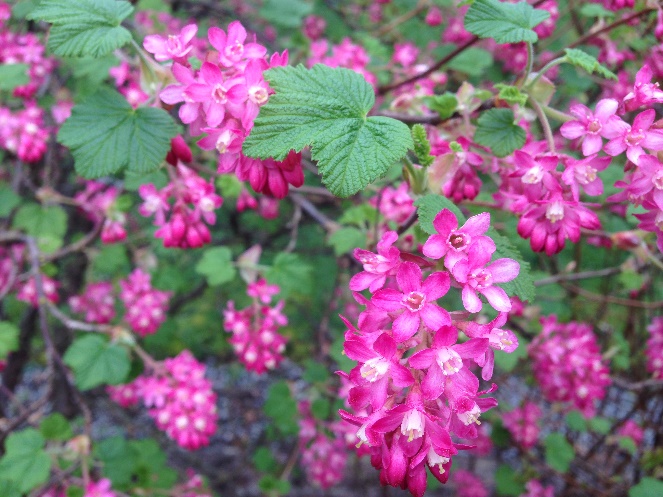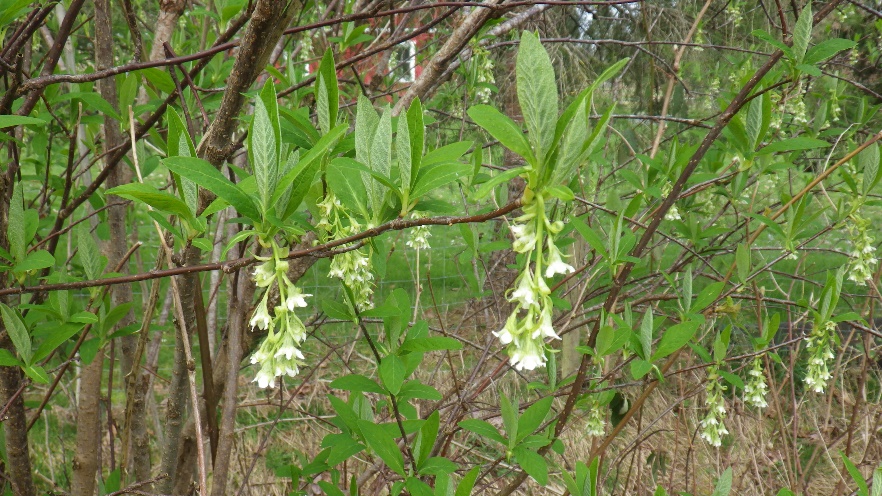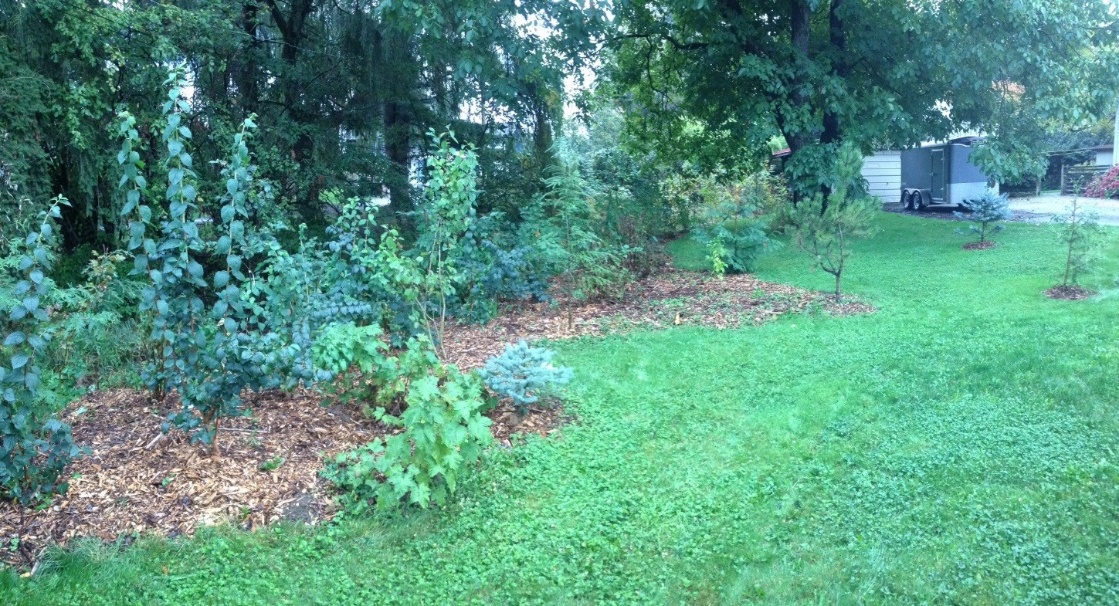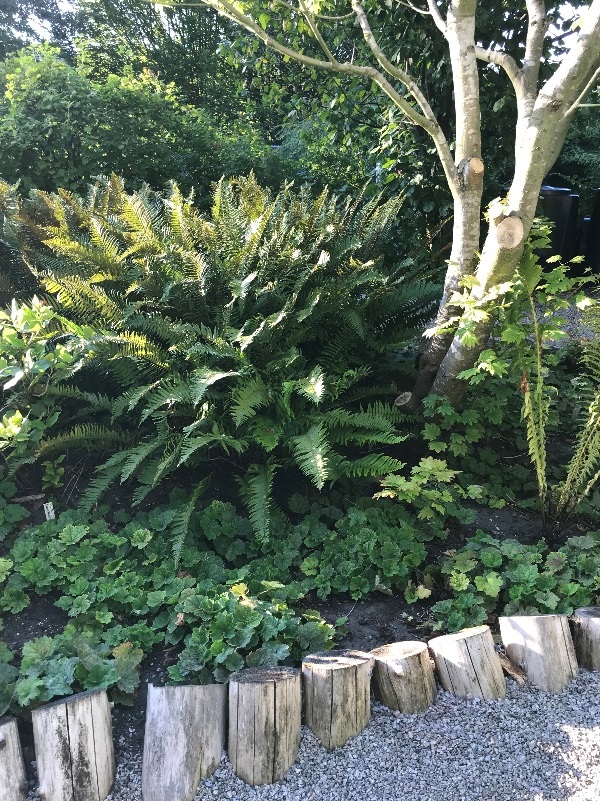Gardening for Nature
There are many ways that a property can be enhanced to benefit nature and attract wildlife. Adding habitat features that provide food, water and shelter can entice many species, such as birds, bees, butterflies, and more.
Adding Native Plants
 |
|
| Red-flowering current (Ribes sanguineum) attracts hummingbirds with its early blooms. Photo credit: T. Baker |
Native plants are those that occur naturally in our region. There are several practical reasons to add them to a garden. Because they are suited to the local conditions, they can require little maintenance and use less water. There are also many attractive native plants to choose that will add beauty to any garden. They appeal to local wildlife by providing food, including nectar, berries, and seeds, as well as places to hide and build nests.
For more information, including a list of native plant options, download the Fraser Valley Conservancy's Gardening with Native Plants in the Lower Mainland and Fraser Valley.
For more inspiration, visit Metro Vancouver's Grow Green website - an online guide for eco-friendly lawns and gardens in Metro Vancouver, in partnership with UBC Botanical Garden.
Attracting Pollinators
 |
|
|
Indian-plum (Oemleria cerasiformis) is an important |
To attract bees and butterflies, add a range of flowering plants of differing shapes, sizes and colours. Pick plants with different bloom times so that there can be food for insects from early spring to late summer. Create flowering patches of at least one square metre, and consider adding insect nest sites, such as bee condos. Butterflies benefit when there are plants that support both their adult and larval stages. Creating a mud puddle in the spring and summer may also attract adult butterflies to gather for water and minerals.
For more information about which local plants attract pollinators, visit The Pollination Ecology Lab at SFU.
Other Habitat Features
More tips to help nature include:
- letting tree trunks rot. Dead and dying tree trunks provide nest cavities for many bird species. Logs on the ground offer shelter for amphibians and small mammals. The insects found in rotting wood are an important food source for lots of species.
- creating piles. Branch piles provide shelter for birds and small mammals, and piles of rocks are used by snakes and other reptiles. When placed over soil, decomposing leaf litter can not only improve the condition of the soil, but can attract birds and some butterflies.
- adding water. Including a water bath or a small pond feature gives a needed water source for birds, mammals, and amphibians.
 |
 |
|
Example of a native plant garden. |
Example of a native plant garden. Photo credit: T. Baker |
